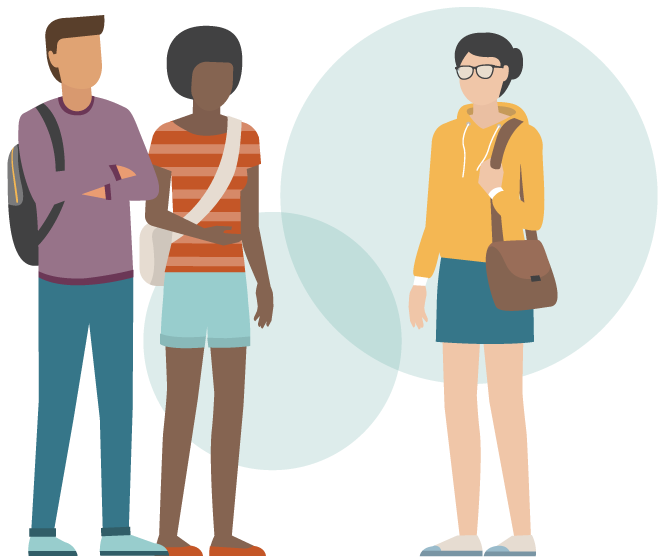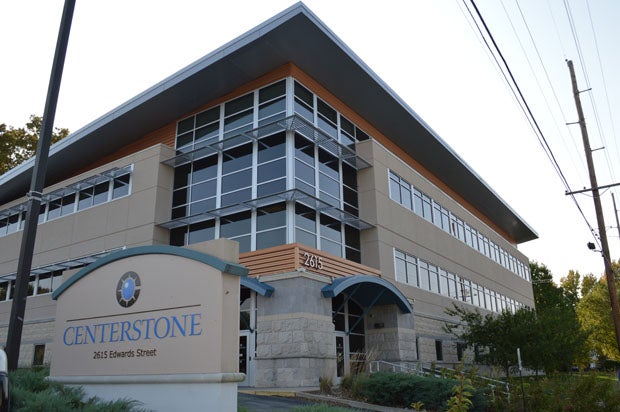Program Overview
The Adolescent Health Program is a five-lesson curriculum that is a part of Health and Wellness education for rural Tennessee students in the 9th or 10th grade. The overall goal is to partner with parents and caregivers of teens to help prepare them for adulthood in the areas of adolescent health and healthy life skills.
As a participant of the Adolescent Health Program, your student will learn the following skills:
- How to plan ahead to avoid risky situations
- Budgeting and financial decision-making
- Effective communication and social skills
- Mental health (including body image and self-esteem)
- Social media safety
- How to develop and utilize a support network

Parents Participation in the Adolescent Health Program
Research shows that the most powerful protective asset a student can have is a parent/adult that they can trust and talk to. Below are some ways that you can follow up with your student on what they are learning during the Adolescent Health Program.
- Follow along with the Daily Outlines (below). Talk to your student about the topics they learned that day and conversation starters.
- Participate in the Home Activities. You can find those HERE.
- Check out our Talking Tips and follow up resources at Centerstone Teen.
Daily Outlines
Other Helpful Resources
Download Helpful Resources Document
More Information
You can reach out to your student’s Adolescent Health facilitator listed on the Program Consent form or email us at Prevention@centerstone.org
This website is supported by Grant Number 90AP2691-01-00 from the Family and Youth Services Bureau within the Administration for Children and Families, a division of the U.S. Department of Health and Human Services. Neither the Administration for Children and Families nor any of its components operate, control, are responsible for, or necessarily endorse this website (including, without limitation, its content, technical infrastructure, and policies, and any services or tools provided). The opinions, findings, conclusions, and recommendations expressed are those of the author(s) and do not necessarily reflect the views of the Administration for Children and Families and the Family and Youth Services Bureau.


